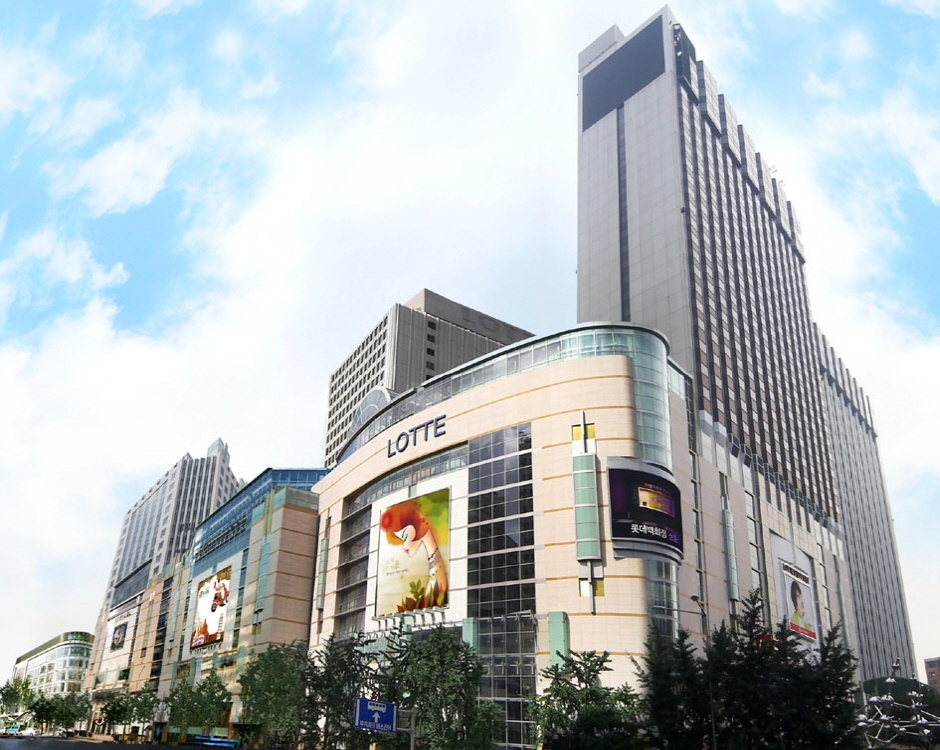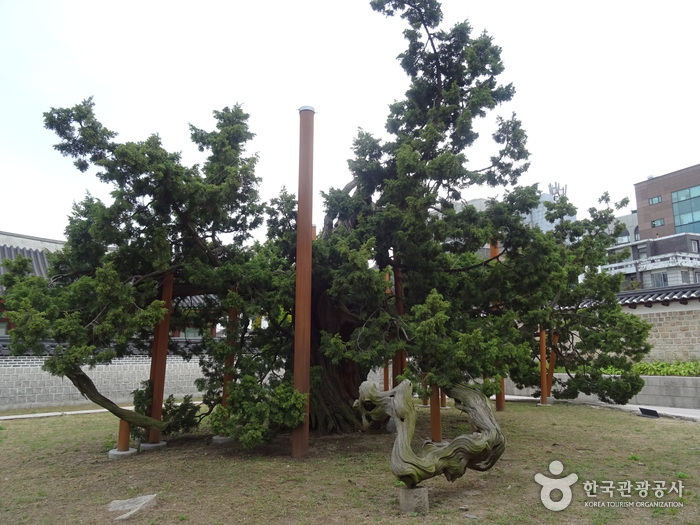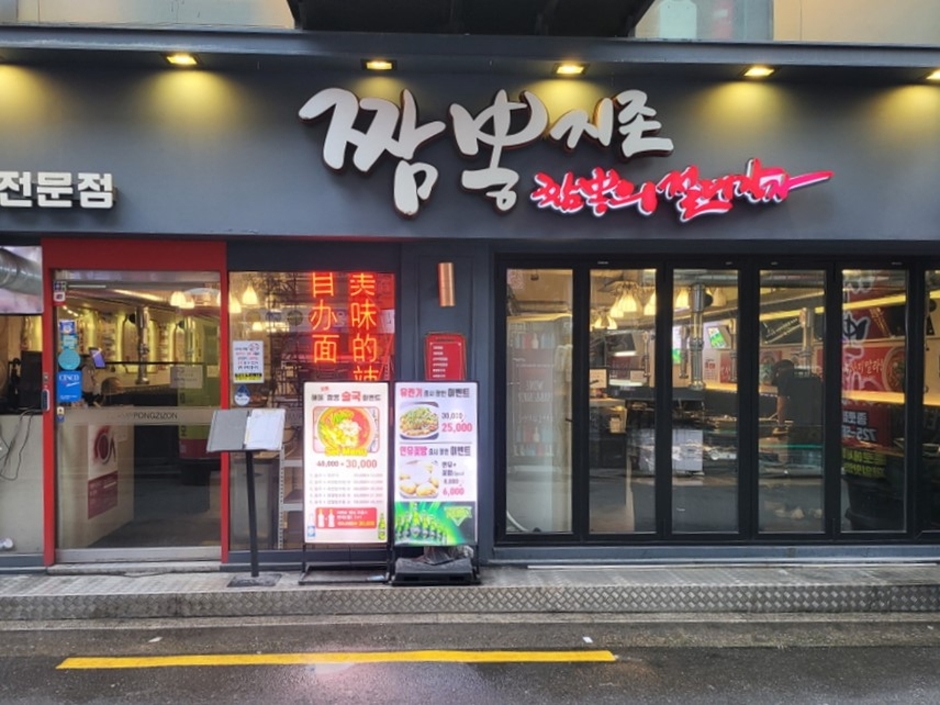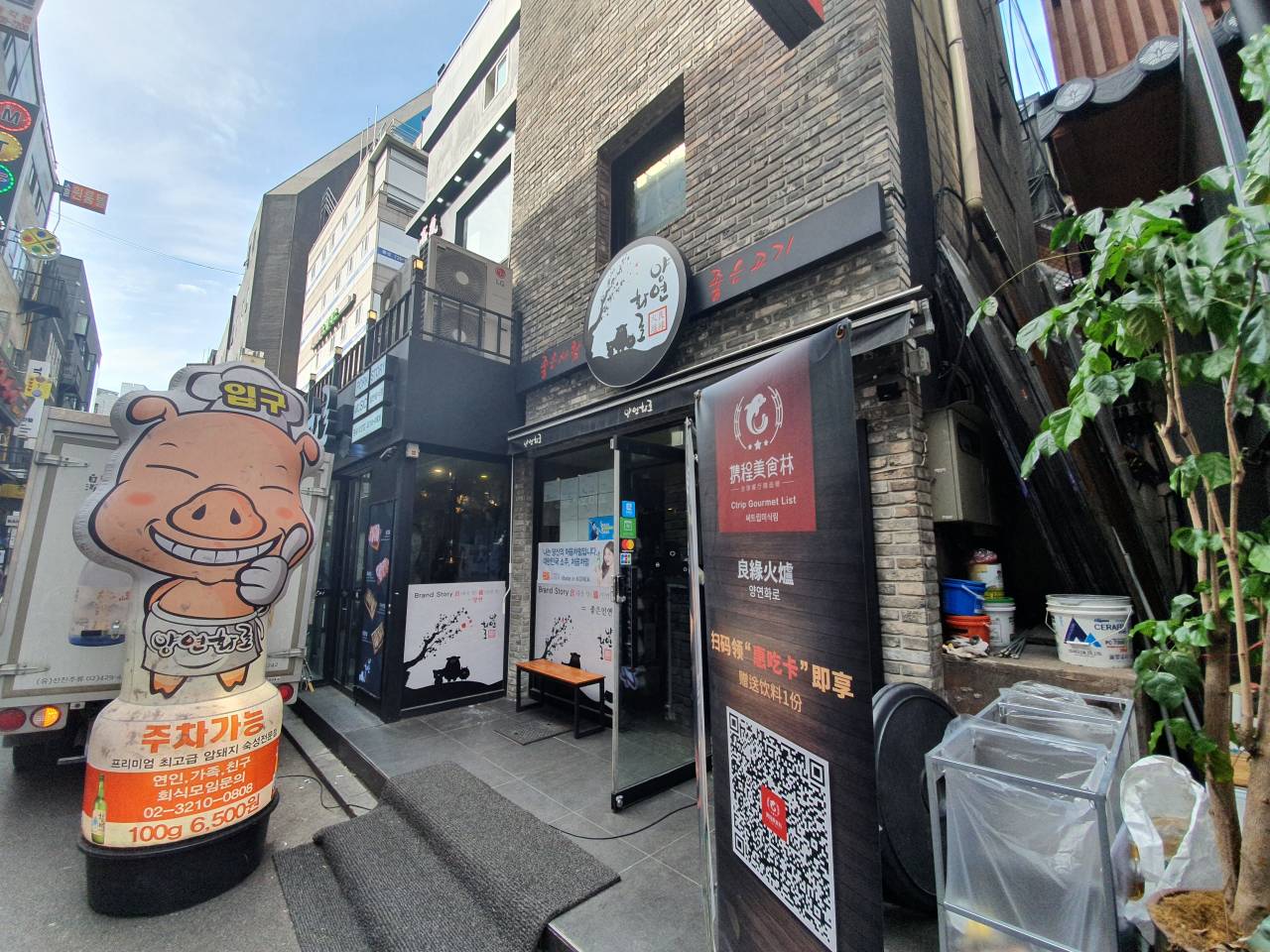Saeran Glasses - Lotte Hotel Main Branch [Tax Refund Shop] (세란안경 롯데호텔 본점)
1.6Km 2024-04-19
B1, 30, Eulji-ro, Jung-gu, Seoul
-
Balenciaga - Lotte Main Branch [Tax Refund Shop] (발렌시아가 롯데 본점)
1.6Km 2024-04-18
B1, 30, Eulji-ro, Jung-gu, Seoul
-
Fendi - Lotte Main Branch [Tax Refund Shop] (펜디 롯데 본점)
1.6Km 2024-04-18
81, Namdaemun-ro, Jung-gu, Seoul
-
Sulwhasoo SPA - Lotte Hotel Seoul Branch [Tax Refund Shop] (설화수스파롯데호텔서울점)
1.6Km 2024-06-27
30, Eulji-ro, Jung-gu, Seoul
-
Lotte Duty Free Shop - Main Branch (롯데면세점 (본점))
1.6Km 2025-01-07
30 Eulji-ro, Jung-gu, Seoul
+82-759-6660
Lotte Duty Free Shop is located on 9-12F of Lotte Department Store, in the center of Seoul. Lotte Duty Free Shop is a one-stop shopping complex providing shoppers a wide range of products. Lotte Duty Free Shop in Myeong-dong offers luxury brands such as HERMES, LOUIS VUITTON, CHANEL, CARTIER, and others. Also, visitors can enjoy a unique experience of purchasing beauty products using innovative digital technology at the Smart Store on floor 1.
[Directions]
Get off Subway Line 2, Euljiro 1(il)-ga Station, Exits 7 & 8 and walk straight for 50 meters and turn right.
Samcheong Park (삼청공원)
1.6Km 2024-03-18
44, Insadong-gil, Jongno-gu, Seoul
+82-2-2148-4150
Samcheong Park is a park that blooms in cherry blossoms in spring and fall colors in fall near Gyeongbokgung Palace. The park is home to a forest library and a café, and visitors can follow the trails to find acupressure trails, exercise equipment, badminton court, tennis court, playground, and a convenience store. The area surrounding the park is home to many galleries and restaurants, so it is a popular destination for walking among the people of Seoul.
Hyangnamu Tree in Changdeokgung Palace (창덕궁 향나무)
1.6Km 2025-01-13
99, Yulgok-ro, Jongno-gu, Seoul
+82-2-3668-2300
Hyangnamu or 'Aromatic Tree' in Changdeokgung Palace is estimated to be about 700 years old, meaning it had likely been planted before the palace was built. It stands 12m in x_height, measures 5.9m in girth around the roots, and has branches spreading in all four directions. It is designated and protected as a National Natural Monument.
Sonjung Bossam (손정보쌈)
1.6Km 2025-07-25
24 Samil-daero 15-gil, Jongno-gu, Seoul
Sonjung Bossam offers dishes with a modern touch by reinterpreting traditional meals. Passed down for three generations, this restaurant values sincerity and careful attention in food making in order to serve every customer a heartwarming meal. Sonjung Bossam's signature dish Premium Gabri Bossam takes only the rarest pork cut, the blade-end fatback called "gabri" in Korean, and boils the meat using the restaurant's secret recipe for tender, juicy meat. The restaurant also serves their own special version of spicy stir-fried fish roe and intestines and haemultang (spicy seafood stew), boasting a generous amount of various seafood and rich broth. All meals are prepared wholeheartedly as if they are being served to a family.
Jjamppong Zizon Jongno (짬뽕지존 종로)
1.6Km 2024-03-15
25 Samil-daero 15-gil, Jongno-gu, Seoul
+82-2-725-5161
Jjamppong Zizon is a Chinese restaurant located near Cheonggyecheon Stream. Their signature dish, zizon jjamppong (spicy seafood noodle soup), combines fresh seafood with a spicy broth enhanced with smoky flavors. They also offer zizon jjajangmyeon (black bean sauce noodles). For those craving extra heat, there are options like jiok jjamppong (extra spicy seafood noodle soup) and jiok jjajang (spicy black bean sauce noodles). Additionally, they serve chapssal tangsuyuk (deep-fried pork in sweet rice batter with sweet and sour sauce), coating pork in chewy sweet rice batter.
Yangyeon Hwaro (양연화로)
1.6Km 2024-03-05
18 Samil-daero 17-gil, Jongno-gu, Seoul
+82-2-3210-0808
Yangyeon Hwaro is located in Jongno and is renowned for offering the essence of Korean-style barbecue. Its signature dish is the aged pork belly, grilled over charcoal, bursting with charcoal aroma and juiciness. Additionally, the menu includes various cuts of pork such as shoulder, thin skirt, and pork neck, as well as beef options like boneless short ribs and beef tartare. The staff personally grill the meat for the customers.
![Saeran Glasses - Lotte Hotel Main Branch [Tax Refund Shop] (세란안경 롯데호텔 본점)](http://tong.visitkorea.or.kr/cms/resource/44/2890244_image2_1.jpg)
![Balenciaga - Lotte Main Branch [Tax Refund Shop] (발렌시아가 롯데 본점)](http://tong.visitkorea.or.kr/cms/resource/17/2890417_image2_1.jpg)

![Sulwhasoo SPA - Lotte Hotel Seoul Branch [Tax Refund Shop] (설화수스파롯데호텔서울점)](http://tong.visitkorea.or.kr/cms/resource/38/3314438_image2_1.jpg)




 English
English
 한국어
한국어 日本語
日本語 中文(简体)
中文(简体) Deutsch
Deutsch Français
Français Español
Español Русский
Русский